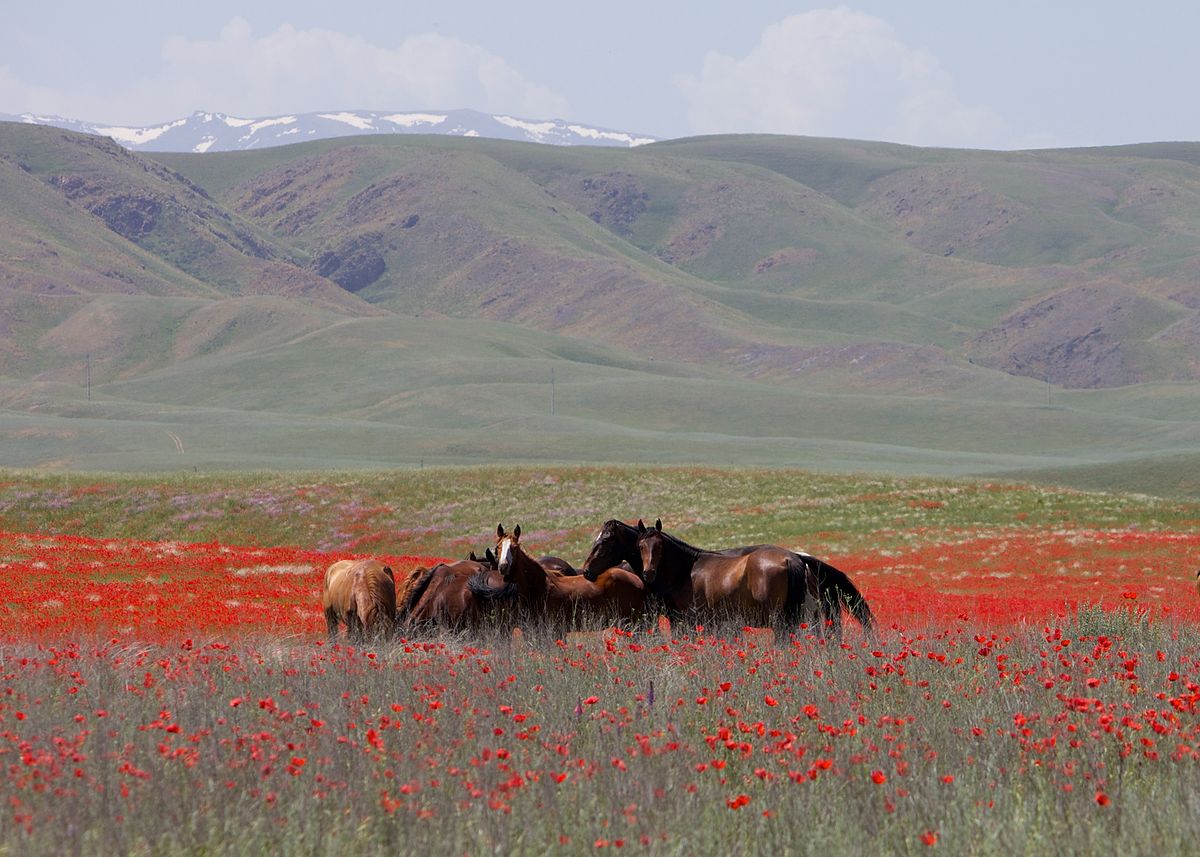

For the past two centuries, there has been a lot done by linguists on the Indo-European language, but much less on the archaeological side about the actual Indo-European people. This is important in terms of understanding history, but it may be even more important in terms of avoiding a misunderstanding of history. He then moves to archaelogy, gathering and presenting the physical evidence on where - and when - the people who spoke that ancestral Indo-European actually emerged. The book begins with an explanation of how linguistic scholars have re-created (or at least imagined) the Indo European language from which most of the languages of Europe, including English, ultimately developed. Forge ahead, but prepare to skim some sections. This is a terrific book for those interested in just who the original Indo Europeans were, BUT it is also a tough read. The Horse, the Wheel, and Language solves a puzzle that has vexed scholars for two centuries-the source of the Indo-European languages and English-and recovers a magnificent and influential civilization from the past. Anthony also describes his fascinating discovery of how the wear from bits on ancient horse teeth reveals the origins of horseback riding. He explains how they spread their traditions and gave rise to important advances in copper mining, warfare, and patron-client political institutions, thereby ushering in an era of vibrant social change. Linking prehistoric archaeological remains with the development of language, David Anthony identifies the prehistoric peoples of central Eurasia's steppe grasslands as the original speakers of Proto-Indo-European, and shows how their innovative use of the ox wagon, horseback riding, and the warrior's chariot turned the Eurasian steppes into a thriving transcontinental corridor of communication, commerce, and cultural exchange. The Horse, the Wheel, and Language lifts the veil that has long shrouded these original Indo-European speakers, and reveals how their domestication of horses and use of the wheel spread language and transformed civilization. But who were the early speakers of this ancient mother tongue, and how did they manage to spread it around the globe? Until now their identity has remained a tantalizing mystery to linguists, archaeologists, and even Nazis seeking the roots of the Aryan race.

Roughly half the world's population speaks languages derived from a shared linguistic source known as Proto-Indo-European.


 0 kommentar(er)
0 kommentar(er)
